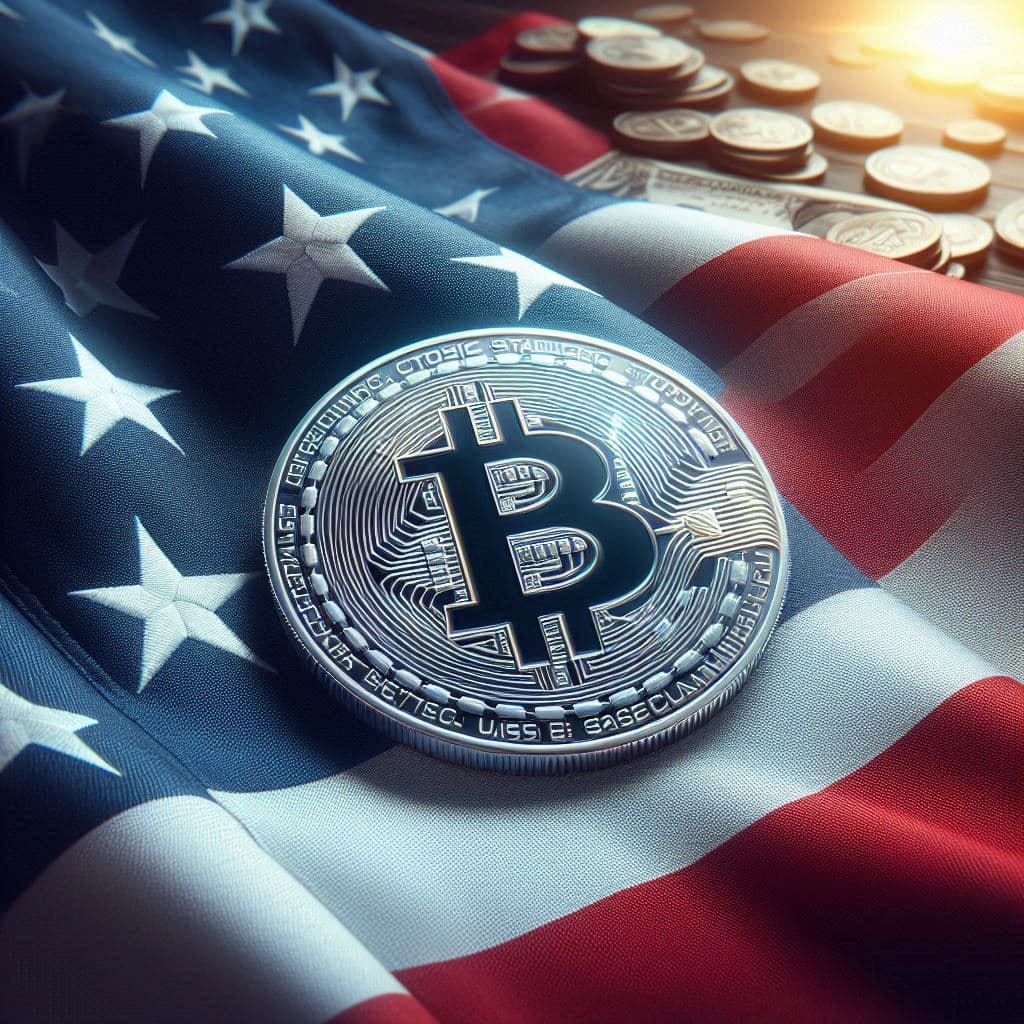
Looking for an edge in the stock market? One way investors have found great returns is to follow in the footsteps of great investors such as Warren Buffett and Peter Lynch.
In today’s more jaded society, the focus has shifted from great investors to those with better knowledge. It’s no surprise that former Speaker of the House Nancy Pelosi has been a great source of trading ideas for investors, even after belated disclosures.
Another strategy? Find someone with a poor track record, such as CNBC’s Jim Cramer, and do the opposite of what he suggests. There’s one fund that does just that.
Here’s how those strategies stacked up last year:

Knowing who to follow and who to avoid is critical in a bull market devoid of reasonable valuations
Bear in mind – the inverse Cramer trade fared well shorting many stocks at a time when the overall stock market kept grinding higher.
But ultimately, markets are biased to trend higher over time, making the follow-Pelosi approach the winner.
As we enter the second half of a volatile year, we’ll continue to monitor Pelosi’s trades — as will our friend and colleague Andrew Zatlin, who follows all congressional trades. You may be interested in learning more about his strategy here.
~ Addison
Your Old Social Security Number
|
P.S.: This Thursday, at 11 a.m. on Grey Swan Live!, Andrew and I will take stock of the first half of the year. We’ll do a comprehensive review of the model portfolio and review the prominent trends that have impacted stock prices and the economy during the dizzying first months of the second Trump administration. Stay tuned… it promises to be a doozy. Paid readers will definitely want to attend.
As always, your reader feedback is welcome: feedback@greyswanfraternity.




